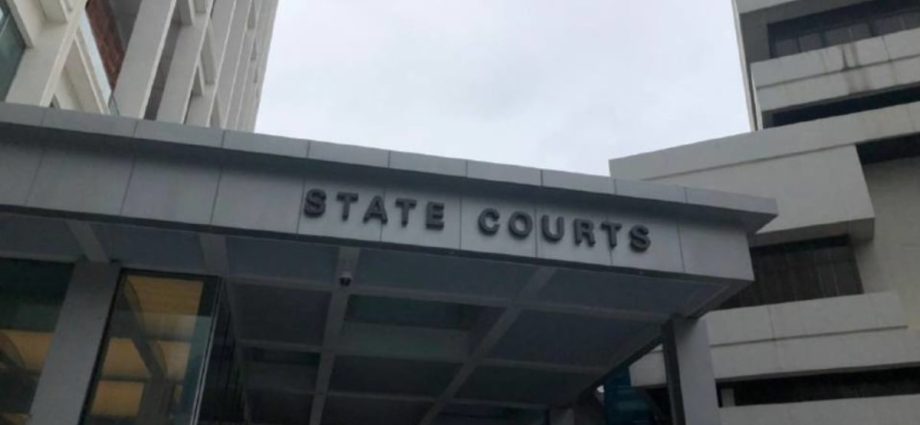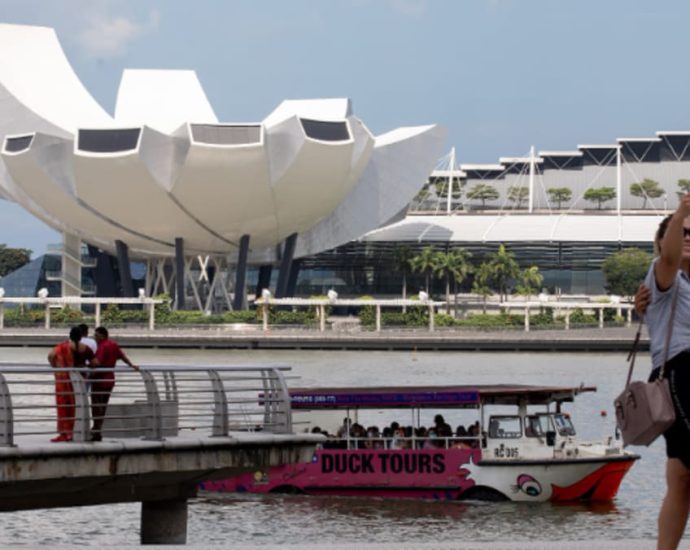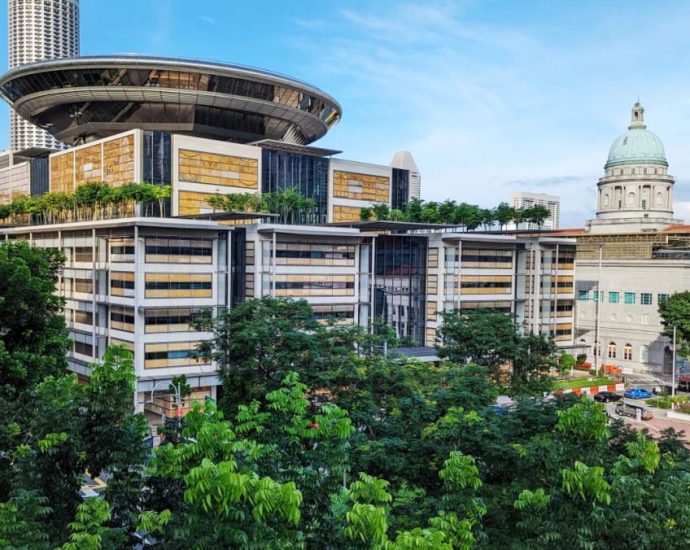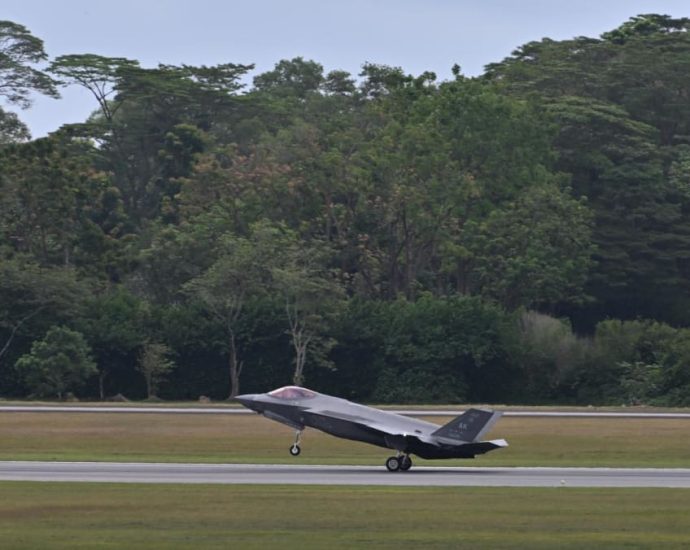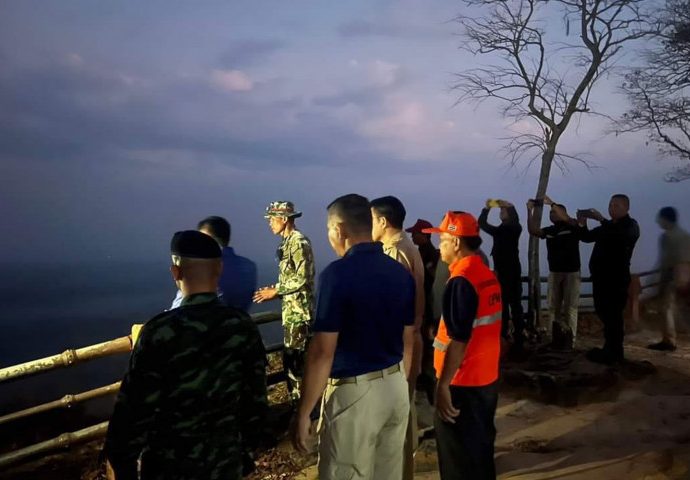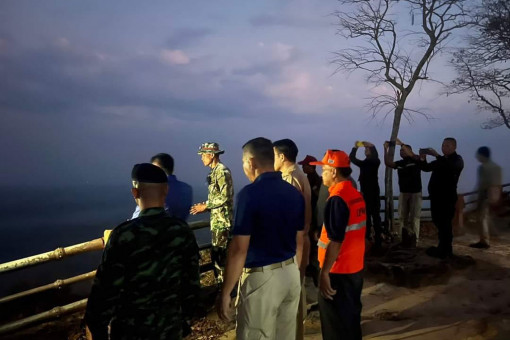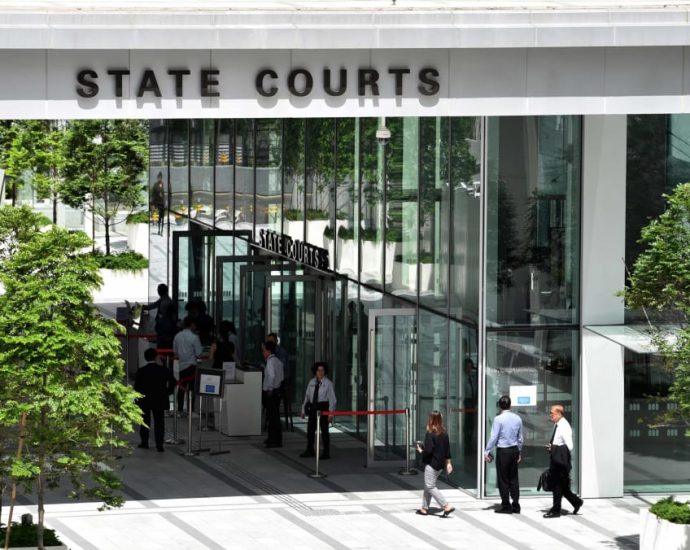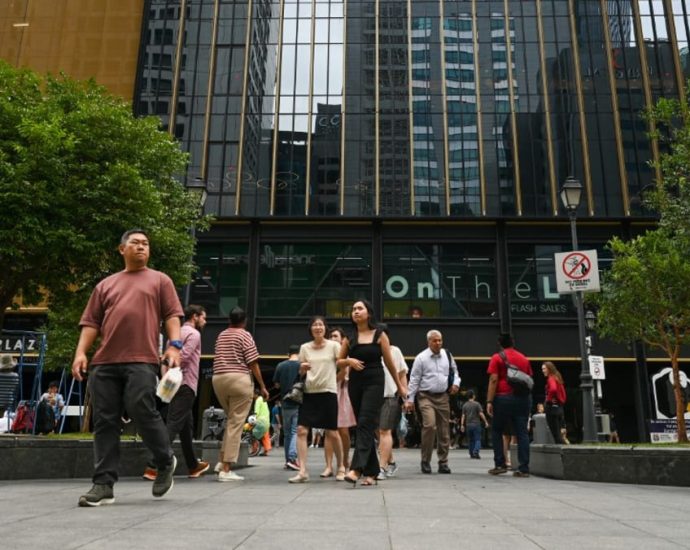Caregiver charged with abusing bedridden elderly woman, stepping and kneeling on her chest

SINGAPORE: A woman was charged on Friday (Mar 1) with physically abusing a bedridden woman under her care.
Myanmar national Aye Aye Aung, 32, is accused of abusing the elderly woman last month at a unit in Block 106 Jalan Rajah in the Whampoa area.
According to the charges, the first incident occurred on Feb 23. She allegedly slapped the elderly woman’s buttocks, punched her forehead, stepped on her hands and knelt on her chest.
Aye Aye Aung is accused of abusing the woman again on Feb 27.
Over a span of about half an hour, she allegedly slapped the woman’s feet, pinched her back, punched her head and stepped on her chest.
The prosecutor on Friday asked for a week’s adjournment to complete investigations, for additional charges to be tendered and for the victim’s medical report from Tan Tock Seng Hospital to be prepared.
Depending on the outcome of the medical report, the accused may be handed additional charges.
Aye Aye Aung currently faces two counts of voluntarily causing hurt to a vulnerable person.
She was offered bail of S$15,000 and said she wanted to call a friend to see if they would bail her out.
She will return to court on Mar 11.
If convicted of voluntarily causing hurt, she could be jailed for up to three years, fined up to S$5,000, or both.
As the offence was against a vulnerable person, she could receive up to double these penalties.

